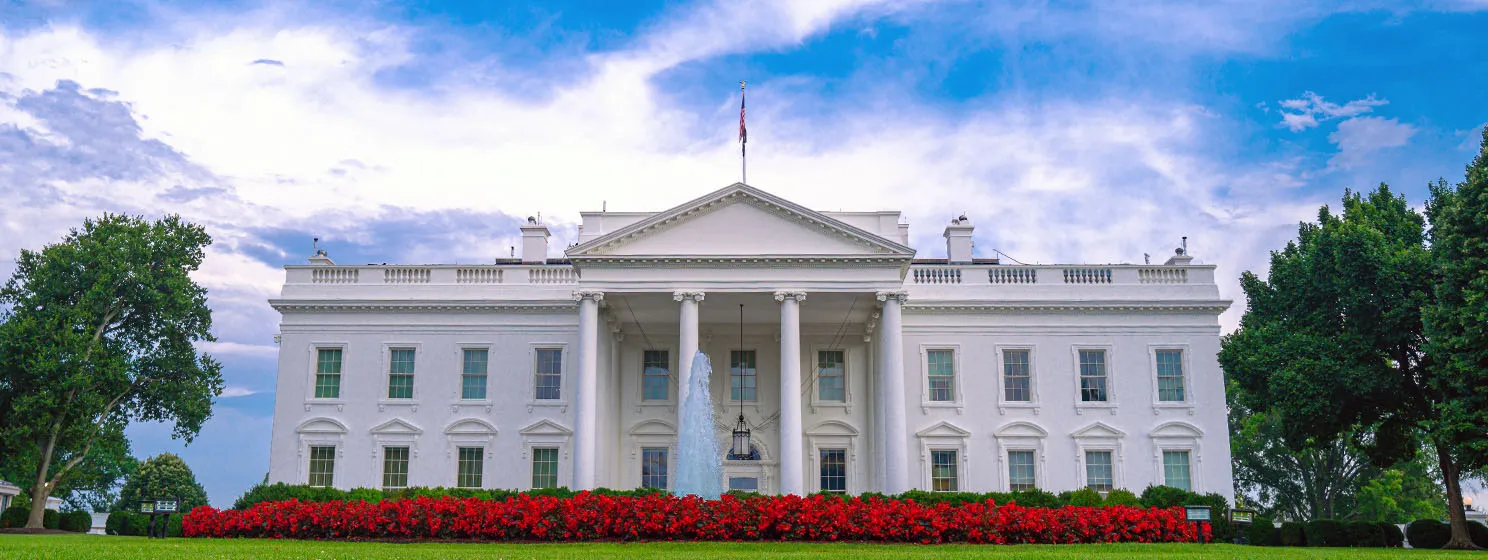|
Getting your Trinity Audio player ready...
|
For many interested observers, the COPA v Wright trial may have been their first peek into the treacherous world of litigation. Even those for whom the Satoshi trial is not their first legal rodeo, it’s unlikely they have ever seen a case with stakes as high as this. After all, it’s set to reveal—after more than a decade of mystery—the individual behind the Satoshi Nakamoto pseudonym and therefore, the individual that invented Bitcoin.
Given the legal power that this individual holds over Bitcoin in all of its forms, it’s tough to imagine a more consequential single-issue case. That is presumably why some 400 people were tuned into the court-provided livestream link at the opening of trial. It’s also why the case was allocated a so-called super-court as a venue to house the galaxy of lawyers and observers wanting a front-row seat to the proceedings, in additional to a smaller court equipped with a TV serving as the designated spillover room.
This flurry of public interest has, however, shone a light on the tricky concept of open justice, a bedrock principle of any democratic society. Is a public court room and a livestreamed hearing really enough to achieve open justice? This question is particularly pressing in the identity trial, where the topics being discussed are highly technical and often convoluted.
To illustrate: anyone who tuned in to COPA v Wright will have had the frustrating experience of trying to keep up with lawyers and witnesses who are referencing detailed documents that are yet to be made available to the public. They will have listened with frustration as Dr. Craig Wright is confronted with reams of expert reports which the Crypto Open Patent Alliance (COPA) say show that many of his documents are forged, and then listened to rebuttals from Dr. Wright.
Yet without access to the underlying documents, it is difficult to truly assess whether each side is making any real progress or simply banging their heads against a brick wall. This means that those sitting in court or tuning in from home are treated only to those portions of the case each side wants to present.
In a case which primarily involves a lone computer scientist being accused of forgery by a powerful cabal of corporate interests, this will inevitably give the advantage to the side making the accusations.
For example, when Dr. Wright was on the stand, his primary written evidence (given by witness statements) has been with the court for weeks and months, and largely contain his answers to COPA’s accusations. Yet this evidence only came up to the extent that COPA’s veteran barristers decided to refer to it in order to trip Dr. Wright up in one way or another. His own barristers have some ability to conduct their own questioning after COPA’s, but unless some new detail arises from COPA’s examination it is unlikely.
The greater truth here is that by the time a case reaches trial, the substance of the case—the arguments being made at trial by each side, thousands of pages of documentary evidence and written witness testimony—is already before the Judge and the die has in some sense already been cast. Yet these documents are not automatically made public. Instead, it is largely at the discretion of the lawyers for each side.
Even the skeleton arguments for trial—the barebones arguments that each side will be presenting at trial—are not made public automatically. For the judge and the lawyers, these serve as essential guideposts for trial. For the public, they may as well not even exist—unless either side chooses to publish them.
The ultimate result of this as far as the public is concerned is an unsatisfactory partial window into what’s really going on in the case dictated by the strategy of each side. Is justice really ‘open’ if it’s conducted in a way that makes it prohibitively difficult for the public to follow along?
Open justice is still a live issue in UK courts
Fortunately, the need for the public to not only be able to access proceedings in a trivial way but also to be given the tools to understand them has received increased attention from the courts in recent years.
As a starting point, the principle of open justice is commonly expressed via a famous quote from Lord Hewart CJ in R v Sussex Magistrates in 1924:
“…it is not merely of some importance but is of fundamental importance that justice should not only be done, but should manifestly and undoubtedly be seen to be done.”
Similarly, in the 2012 Court of Appeal case of R (Guardian News and Media Ltd) v City of Westminster Magistrates Court, Toulson LJ said:
“Open justice. The words express a principle at the heart of our system of justice and vital to the rule of law. The rule of law is a fine concept but fine words butter no parsnips. How is the rule of law itself to be policed? It is an age old question. Quis custodiet ipsos custodes – who will guard the guards themselves? In a democracy, where power depends on the consent of the people governed, the answer must lie in the transparency of the legal process. Open justice lets in the light and allows the public to scrutinize the workings of the law, for better or for worse.”
In Cape Intermediate Holdings v Dring, the Supreme Court (favorably citing the Guardian News case) ruled in 2019 that the court has an inherent power to order access to court documents under the principle of open justice. However, it also decided that this power was not automatic, and a non-party seeking access to court documents must explain why they are seeking access and how granting access would further the principle of open justice. In delivering the judgment, Lady Hale said that open justice was not just necessary to enable public scrutiny of the way that courts decide cases:
“It is to enable the public to understand how the justice system works and why decisions are taken. For this, they have to be in a position to understand the issues and the evidence adduced in support of the parties’ cases. In the olden days, as has often been said, the general practice was that all the argument and the evidence was placed before the court orally. Documents would be read out. The modern practice is quite different. Much more of the argument and evidence is reduced into writing before the hearing takes place. Often, documents are not read out. It is difficult, if not impossible, in many cases, especially complicated civil cases, to know what is going on unless you have access to the written material.”
To anyone left confounded by COPA v Wright, it’s okay: the Supreme Court of the United Kingdom sees you. However, this still puts observers in the position of having to explain themselves to the court in order to convince them that open justice requires the case documents to be made public.
For a case like COPA v Wright, which involves the creation of a truly innovative technical system in Bitcoin, and forgery allegations so meticulously detailed that they almost require a computer science degree in order to make complete sense of them (not to mention Dr. Wright’s equally detailed ripostes), this is hardly a satisfactory status quo. This is especially true considering the status quo entirely favors COPA.
Change may be coming
By some coincidence, while COPA v Wright was wrapping up its third straight week of trial, the U.K. Civil Procedure Rule Committee proposed changes to the rules governing civil proceedings which would give non-parties the right to obtain skeleton arguments ‘at the start of the hearing for which the skeleton argument was filed.’
Similarly regarding witness statements, the proposed rule states that “Unless the court directs otherwise, it is the responsibility of the party who filed the skeleton argument or relies on the relevant witness’s evidence to provide a copy of the skeleton argument or witness statement.”
In theory, this rule would have meant that the hundreds of people observing COPA v Wright would have been able to rely on skeleton arguments as guideposts in the same way the lawyers and the judge do. They would have been able to familiarize themselves with the expert witness statements of the likes of Patrick Madden (document authenticity expert for COPA), in order to precisely understand the allegations of forgery made by COPA against Dr. Wright (some expert reports and skeleton arguments have been made public by COPA and the Bitcoin Defense Fund, but this was done so selectively that those documents provide an even less complete picture of the proceedings than you’d get simply by watching).
Consultation on the proposed rule changes closes on April 8.
COPA v Wright forges ahead
Open justice hard-liners will no doubt be dissatisfied that the documents underpinning COPA v Wright are not made public as a matter of right, and in advance of the trial. If ever there was a trial to make the case that all documents—skeleton arguments and witness statements included—be provided to the public as a matter of right, it’s COPA v Wright. However, it seems that the U.K. justice system is set to become more open—it’s just a shame that couldn’t have happened before one of the most important cases to hit the docket all year.
Check out all of the CoinGeek’s special reports on the Satoshi Trial (COPA v Wright).

 07-31-2025
07-31-2025 





